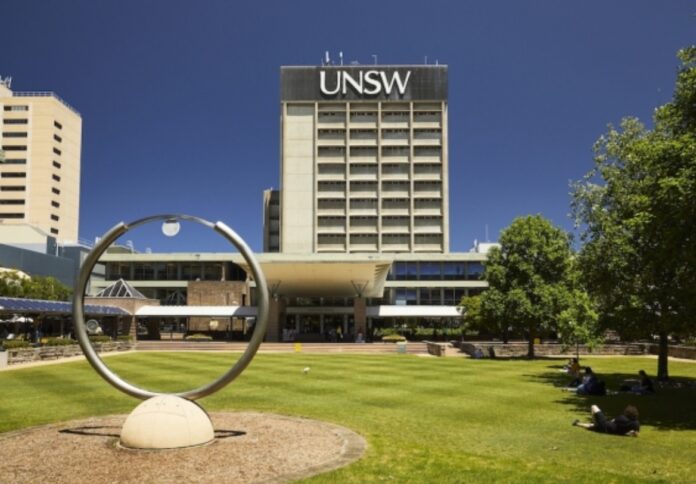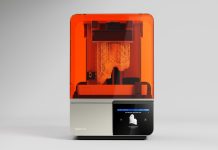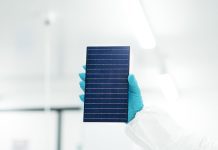
A UNSW Sydney-led team, in collaboration with Australian start-up Diraq, has achieved a breakthrough in quantum computing by demonstrating the use of hole-spin qubits with industry-standard silicon manufacturing techniques.
The findings, published in Nature Communications, suggest that future quantum computers could be manufactured in existing silicon chip factories, significantly accelerating their development.
Hole-spin qubits, positively charged particles within semiconductors, offer high-speed operation capabilities and are designed to integrate smoothly with current silicon technology.
Dr Scott Liles, lead author and postdoctoral fellow at UNSW Physics, described the development as an “important step towards a new generation of high-speed silicon quantum bits,” noting that the research team ranged from undergraduate students to seasoned scientists.
The development of quantum computers, which harness quantum mechanics to solve problems beyond the reach of today’s supercomputers, has sparked intense international research efforts.
Quantum computers’ potential to process vast data sets and perform calculations at unprecedented speeds could help solve complex scientific and technological challenges, from drug discovery and material science to machine learning.
At the core of these advanced machines are qubits—quantum bits composed of semiconductors.
As the race to create an effective quantum computer continues, researchers are exploring ways to scale up from single qubit prototypes to the millions of qubits needed for practical applications.
Researchers said that among the possible solutions, hole qubits, based on positively charged electrons in semiconductors, offer advantages, including rapid control speeds and all-electrical operation.
Silicon-based qubits, in particular, are gaining traction due to their compatibility with conventional manufacturing processes, allowing quantum devices to potentially be produced in facilities currently manufacturing silicon chips.
Over a decade of research by UNSW’s Professor Alex Hamilton and Dr Liles, together with Diraq founder Professor Andrew Dzurak, has culminated in the first demonstration of a hole-based qubit on a planar metal-oxide-semiconductor (MOS) silicon structure.
The team has made several advances in planar hole qubits, moving from initial demonstrations of planar silicon hole devices to optimising the design with CMOS (Complementary Metal-Oxide-Semiconductor) technology.
One of the key challenges—controlling and measuring hole-spin qubits—was addressed by undergraduate student Daniel Halverson, whose contribution through a Sydney Quantum Academy scholarship led to the development of software that can simulate hole-spin dynamics in real time.
This innovation enabled the team to control the qubit, achieving operation speeds in the nanosecond range, substantially faster than those of electron-based qubits.
“This collaboration supports Diraq’s goal of creating the world’s first commercial quantum computer using silicon-chip based technology, which is both cost-effective and energy-efficient,” said Prof Dzurak.
He added that production in commercial foundries, such as IMEC, would leverage economies of scale, making quantum computing accessible and viable for commercial applications.
The recent achievement demonstrates a scalable approach to silicon-based hole-spin qubits, a critical advancement toward practical quantum computing hardware.
Future research will build on this foundation, focusing on refining the parameters necessary for improved hole-spin qubit fabrication and functionality.
Professor Hamilton expressed enthusiasm for the next steps, noting that with 2025 designated as the international year of quantum science and technology, further advancements in silicon quantum technologies are anticipated.
The UNSW and Diraq team are also working with IMEC to explore production using standard industry processes, positioning Australia as a leader in global quantum technology innovation.



















